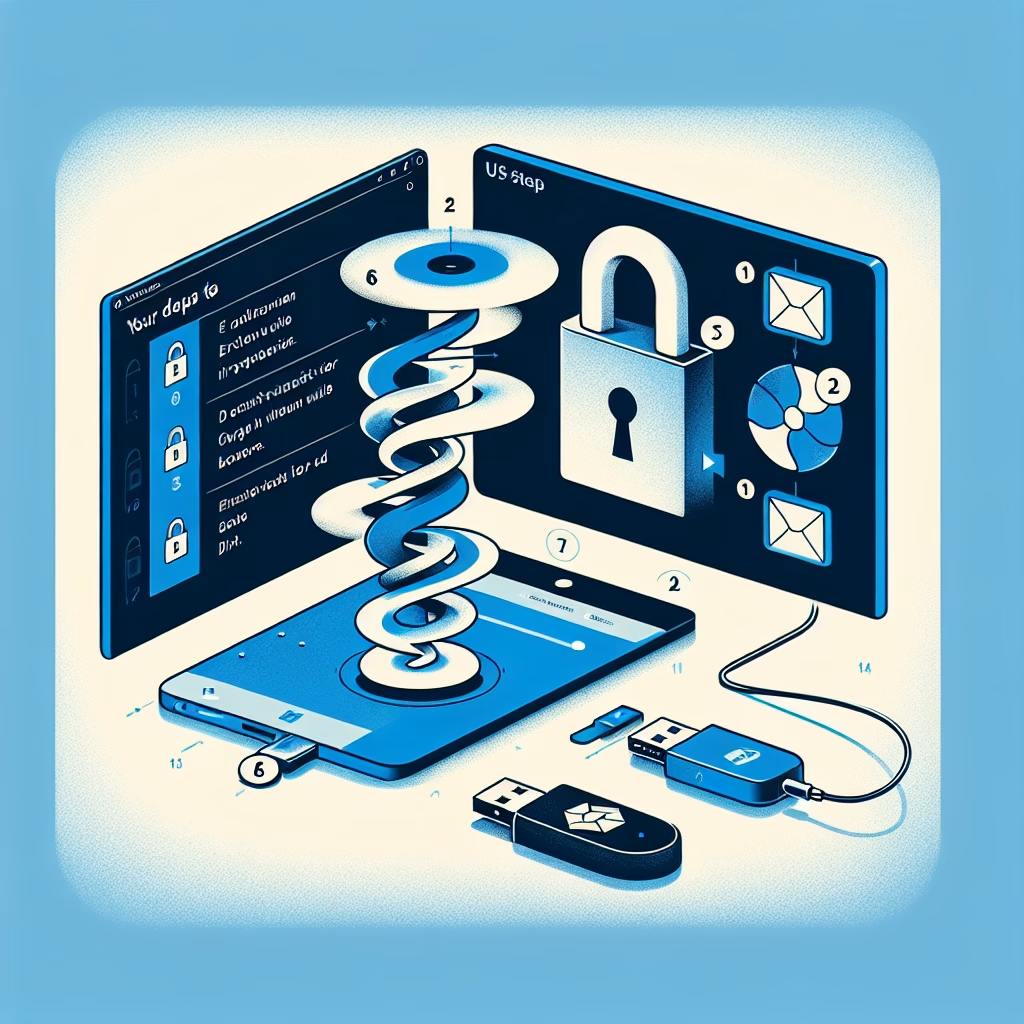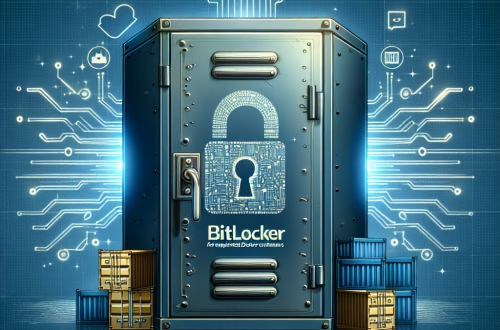BitLocker Encrypt USB Drive in Windows 11: A Comprehensive Technical Guide
Summary
This article provides a detailed technical exploration of BitLocker for USB drive encryption in Windows 11. It covers core functionality, implementation steps, common issues, best practices, and security implications. The guide emphasizes practical deployment within enterprise and personal security contexts while addressing troubleshooting and optimization.
Introduction
BitLocker encrypt USB drive Windows 11 refers to the process of applying Microsoft’s full-disk encryption technology to removable storage devices. This ensures confidentiality of offline data through AES encryption. With growing threats to portable media, BitLocker provides a native solution integrated with Windows security frameworks like TPM and Active Directory.
What is BitLocker Encrypt USB Drive Windows 11?
BitLocker Drive Encryption is a volume-level encryption feature in Windows 11 Pro, Enterprise, and Education editions. When applied to USB drives, it uses AES (128-bit or 256-bit) in XTS mode to encrypt all stored data. The technology requires either a password, smart card, or auto-unlock via host system association. Unlike device-wide BitLocker, USB encryption operates independently per drive with portable deployment capabilities.
How It Works
The encryption process involves:
- Initialization: The USB drive is formatted with NTFS/exFAT and a BitLocker metadata structure.
- Key Generation: A Full Volume Encryption Key (FVEK) is created, wrapped by a Volume Master Key (VMK).
- Authentication: Users configure unlock methods (password/smart card) stored in the drive’s header.
- Encryption: Data is encrypted on-write using hardware-accelerated AES when supported.
Hardware dependencies include USB 2.0+ interfaces and systems with UEFI firmware for secure key management. Software requirements include Group Policy settings for removable drive encryption (Configure use of passwords for removable data drives).
Common Issues and Fixes
Issue 1: “BitLocker could not be enabled” error during setup
Cause: Corrupted partition table or incompatible filesystem (FAT32).
Fix: Reformat the drive as NTFS/exFAT via DiskPart (clean → create partition primary → format fs=ntfs) before enabling BitLocker.
Issue 2: USB drive not recognized on non-Windows systems
Cause: BitLocker-to-Go reader missing on alternate OS.
Fix: Provide the password or recovery key manually when prompted. For Linux systems, use dislocker for decryption.
Issue 3: Performance degradation during read/write operations
Cause: Insufficient USB controller bandwidth or CPU lacking AES-NI instructions.
Fix: Use USB 3.x ports and verify AES-NI support in BIOS. Consider reducing encryption strength to 128-bit AES if necessary.
Best Practices
- Key Management: Store recovery keys in Azure AD or print them; avoid saving to unencrypted local files.
- Policy Enforcement: Deploy Group Policy (Computer Configuration → Administrative Templates → Windows Components → BitLocker Drive Encryption → Removable Data Drives) to enforce encryption standards.
- Hardware Selection: Use USB drives with hardware encryption support (e.g., WD Security, Kingston Hardware Encryption) for FIPS-compliance.
- Forensic Preparedness: Disable auto-unlock for high-security scenarios to mitigate cold boot attacks.
Conclusion
BitLocker encryption for USB drives in Windows 11 provides robust protection against data exfiltration but requires careful implementation. Proper key handling, hardware selection, and policy configuration are critical to maintaining security without compromising usability. Organizations should integrate this with broader DLP strategies.
People Also Ask About
1. Can I use BitLocker on USB drives with Windows 11 Home?
No. BitLocker management is restricted to Pro, Enterprise, and Education editions. Home users may utilize Device Encryption (if hardware supports Modern Standby) or third-party tools like VeraCrypt for removable media encryption.
2. What happens if I forget my BitLocker USB password?
You must use the 48-digit recovery key generated during setup. If not stored in Active Directory or Microsoft Account, data recovery becomes impossible due to the cryptographic design. Always maintain multiple key backups.
3. Does BitLocker USB encryption impact drive longevity?
Encryption itself doesn’t affect NAND lifespan, but frequent decryption/encryption cycles (e.g., from improper ejection) may increase write operations. Use “safely remove hardware” and avoid abrupt disconnects.
4. Can malware access data on a BitLocker-encrypted USB?
When locked, the drive is secure. However, malware on an authenticated host system could access decrypted data during active use. Pair with endpoint protection and enforce scanning of removable media.
Other Resources
- Microsoft’s BitLocker Group Policy Reference – Definitive guide for enterprise configuration options.
- NIST FIPS 140-3 – Standards for validating encryption implementations including BitLocker.
Suggested Protections
- Prevent unauthorized access by requiring multi-factor authentication (password + smart card)
- Disable write permissions on encrypted drives via NTFS permissions
- Regularly audit recovery key storage locations
- Use hardware-encrypted drives for compliance-sensitive environments
- Configure BitLocker Network Unlock for domain-joined systems
Expert Opinion
BitLocker remains among the most reliable full-disk encryption solutions for Windows environments when properly configured. Recent updates in Windows 11 have strengthened resistance to DMA attacks through improved TPM utilization. However, organizations must recognize that encryption alone isn’t sufficient—complementary controls like DLP and access management are essential for comprehensive protection. The rise of quantum computing also necessitates planning for cryptographic agility in future implementations.
Related Key Terms
- BitLocker USB encryption password recovery Windows 11
- Enable BitLocker on external hard drive Windows 11
- BitLocker removable drive policy settings GPO
- Fix BitLocker errors on USB flash drive Windows 11
- Compare BitLocker vs VeraCrypt for USB encryption
- BitLocker encrypted USB not recognized on Mac
- Best practices for BitLocker USB drives enterprise environment
#Encrypt #USB #Drive #BitLocker #Windows #StepbyStep #Guide
Featured image generated by Dall-E 3





